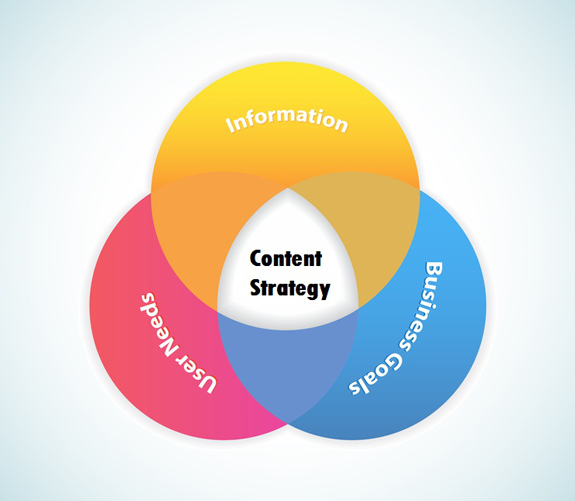Merging Content Strategy and Website Design: 4 Tips for Success
Since Google Panda and Penguin updates were implemented in 2011, one of the most common complaints I hear is “traffic to my website has practically halved”. The appearance of these algorithm updates has indeed revolutionised our perceptions of quality content and has brought about a stronger need for a streamlined content development process. The question is, how can we optimise the incorporation of content strategy into web design in the post-Panda age?

1- Ensuring compatibility with Content Management Systems
It is no secret that CMSs are wonderful tools. Some of these free website builders like the one 123-reg offers allow inexperienced users to get started into website design without needing in-depth technical knowledge. The variety and flexibility afforded by CMSs allows users to update content regularly, so that it stays within the parameters set by search engines.
A word of caution though: do not to abuse the automated properties of these applications, as this could result in creating the type of content that Panda and Penguin penalise.
2- Rethink keyword use
Prior to 2011, keyword use was at the top of the list of many web designers. In the post-Panda age, keyword use remains important, but there are a few tweaks that developers need to keep in mind in order to produce high-quality content that is in line with the current requirements.
First of all, it is essential to rethink keyword density. Tools like Google Penguin can actually penalise a website if keyword density is considered too high. In these cases, content can be flagged as spam. So, is there a magic number that I should be aiming to? you may wonder. While previously keyword densities of 3 per cent were acceptable, some experts affirm that currently 0.5-1 per cent is the norm. However, it is better to forget about specific percentages and ensure that you write for human beings, and not just for search engines.
This brings me to the second point that concerns keyword use: semantic variation. There is no need to focus on specific keywords anymore, but rather on how the content you have written reinforces the keywords or key concepts of the site. Once your keyword has been identified and used once, feel free to use synonyms and any other variations that can help make content appear natural and readable.
3- What counts as content?
Previously, the generalised consensus was that when it comes to producing content, one should focus on the written word. After all, content without words is not content … or is it?
The 2011 updates to content strategy require web developers to consider moving away from “prosaic” writing styles and focussing instead on alternative ways of inserting content. This means we should be balancing chunks of text with podcasts, infographics, slideshares, videos, and any other graphic tool where quality content can be incorporated naturally.
4- Location, location, location
As the popularity and range of Internet-enabled mobile devices continues to increase, web developers need to expand their content strategy so that it is effective everywhere, anywhere. The issue of where content is going to be displayed has become particularly important, as nowadays content strategy and web design are all about creating an enhanced and responsive user experience.
The above means that if a website is to have a mobile version, you should be breaking the content into smaller chunks of information so that they can be re-arranged as required and used in different presentations.








